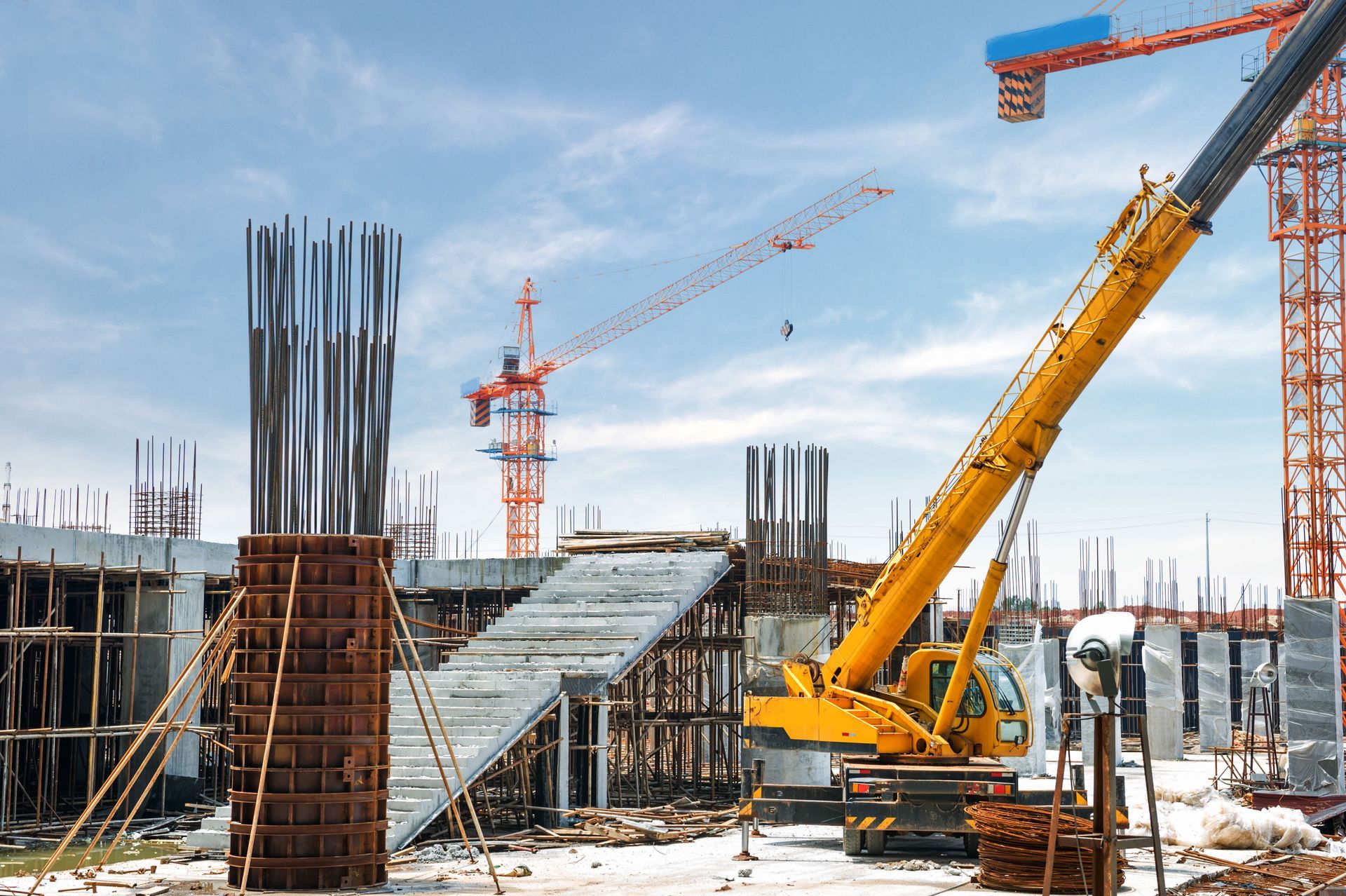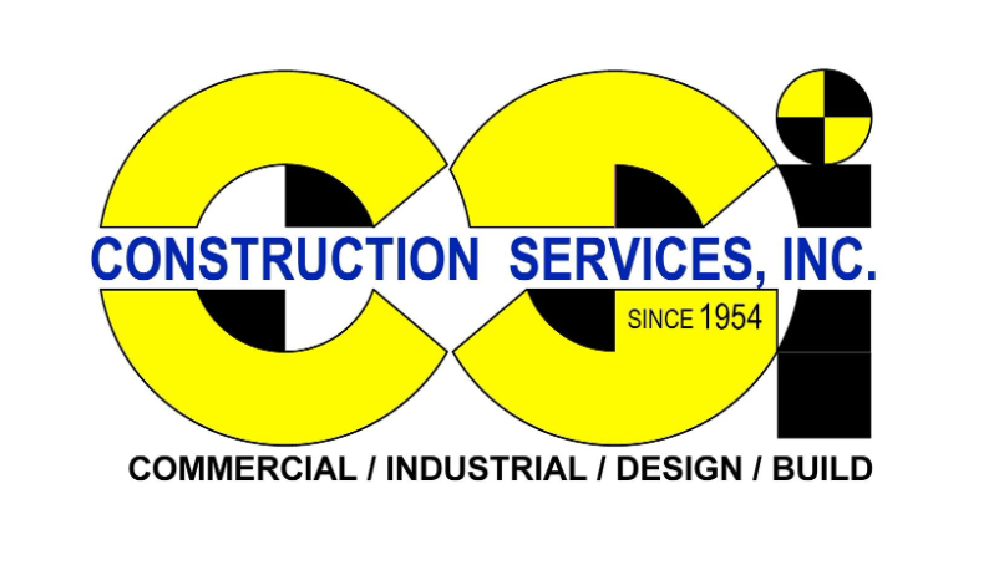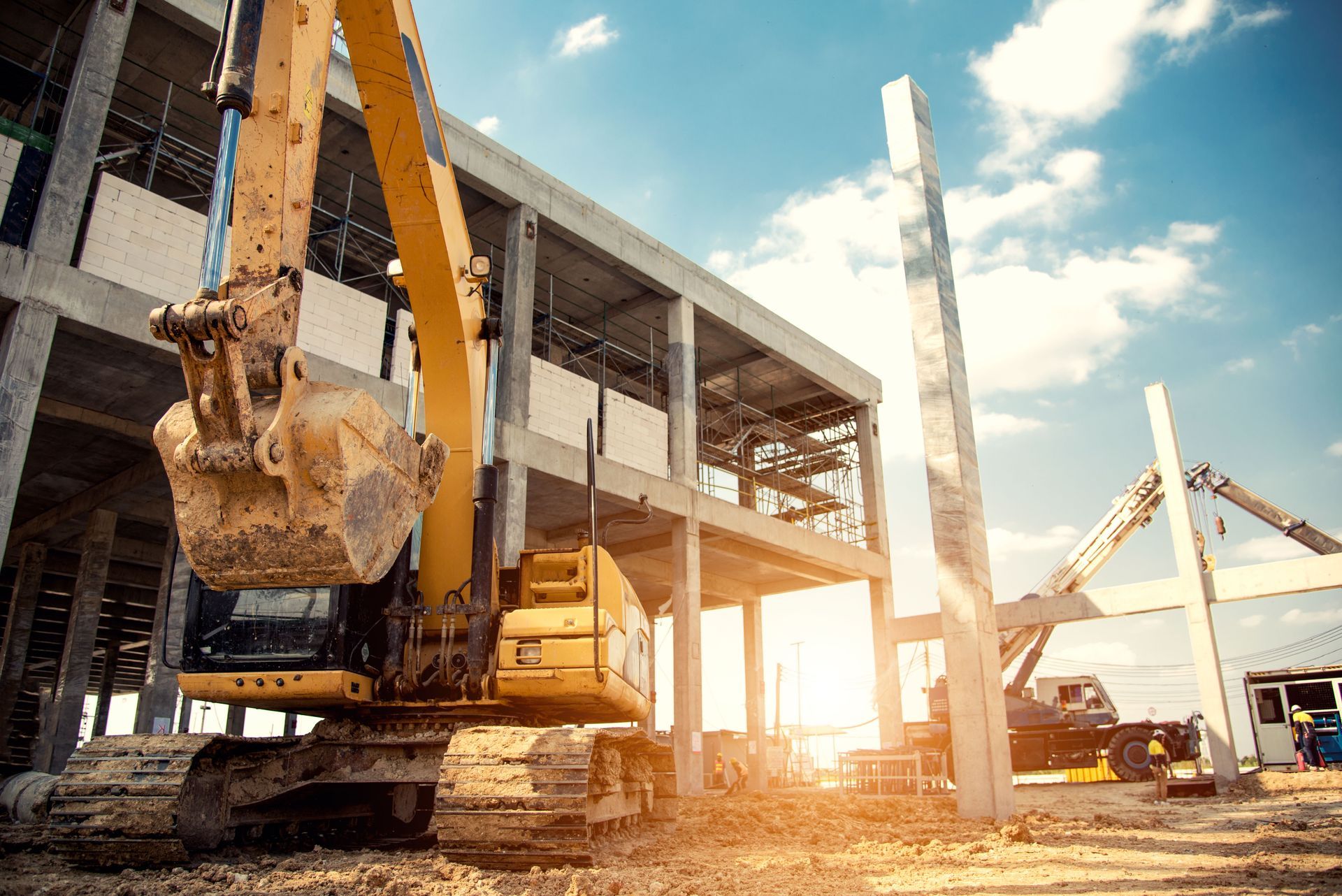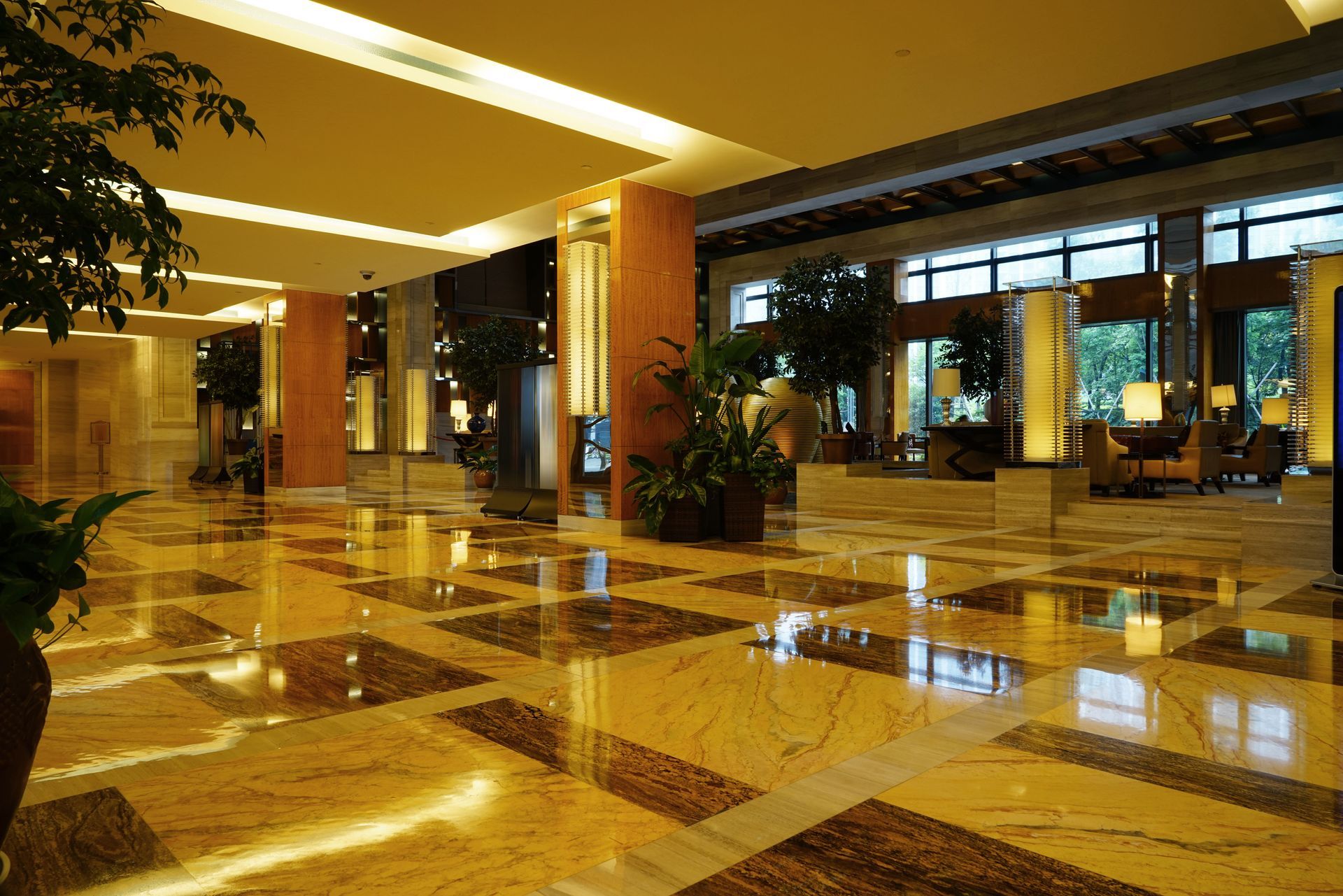Discover the Design Aspect of Industrial Construction Services
In the realm of industrial construction, design serves as the critical foundation upon which successful projects are built. The design aspect is not merely about drawing blueprints; it’s about creating a coherent plan that integrates aesthetics, functionality, sustainability, and compliance. This article delves into the multifaceted roles design plays in industrial construction services, exploring its numerous components and highlighting its crucial importance to the sector.
Section 1: The Role of Architectural Design in Industrial Projects
The Impact of Initial Design Concepts
Initial design concepts are pivotal in setting the tone for the entire construction process. These concepts form the backbone of the project, providing guidance and direction from inception to completion. When crafted correctly, they ensure that the architectural integrity aligns with the project's goals and client expectations. The integration of innovative design principles can enhance both the functional and aesthetic aspects of a project. Furthermore, these concepts facilitate efficient resource allocation, reducing potential waste and promoting project sustainability.
Balancing Aesthetics and Functionality
Balancing aesthetics and functionality is a core challenge in industrial architectural design. Designers must create spaces that are visually appealing while still meeting the operational needs of industrial activities. This balance ensures that spaces are not only beautiful but also practical for their intended use. As industries evolve, the demand for designs that accommodate new technological advancements and efficient workflows grows. Achieving this balance requires a deep understanding of industry trends and a willingness to incorporate cutting-edge design innovations.
Adapting to Client Specifications and Industry Standards
Adapting to client specifications and industry standards is crucial in developing successful industrial architectures. Each project comes with unique client requirements that designers must integrate seamlessly into their plans. In parallel, industry standards provide a framework that ensures the safety, reliability, and quality of the construction process. Balancing these aspects while maintaining creative freedom can be challenging yet immensely rewarding. Ultimately, the adaptability of designers to these specifications and standards is a testament to their expertise and professionalism.
Integration of Sustainable Design Principles
Sustainable design principles have become an integral part of contemporary industrial construction services. These principles advocate for the minimization of environmental impacts and the promotion of energy efficiency within industrial facilities. Implementing sustainable features such as energy-efficient systems and eco-friendly materials can significantly reduce a project’s carbon footprint. Moreover, incorporating sustainable design into industrial projects often leads to cost savings over time due to reduced energy consumption and maintenance requirements. As industries aim to align with global sustainability goals, the focus on sustainable design continues to gain momentum.
Case Study: Successful Architectural Design in Industrial Construction
An illustrative example of successful architectural design in industrial construction is the transformation of an old factory into a modern production plant. This project required innovative design solutions to repurpose the space while adhering to current industrial standards. The integration of open floor plans and modular structures allowed for adaptability and future expansion. Sustainable materials and energy-efficient technologies were also prioritized in accordance with the latest design trends. This case study demonstrates the power of thoughtful architectural design in revitalizing industrial spaces for modern use.
Section 2: Engineering Design – Shaping Structural Integrity
Fundamentals of Structural Engineering in Industrial Builds
The fundamentals of structural engineering in industrial construction services revolve around ensuring a facility's strength and stability. Structural engineers use principles of physics and material science to design frameworks capable of withstanding significant loads and stresses. This involves a comprehensive understanding of load-bearing capacities and the behavior of materials under varying conditions. Through meticulous planning and analysis, structural engineers create designs that can endure both static and dynamic loads. These robust designs serve as the backbone for reliable and safe industrial facilities.
Innovations in Material Use and Structural Design
Recent innovations in material use and structural design have significantly impacted the industrial construction sector. The development of advanced materials, such as high-strength steel and composites, has expanded the possibilities for engineering designs. These materials offer benefits such as improved durability, reduced weight, and increased resistance to environmental factors. Additionally, innovative design methods, such as prefabrication, have streamlined construction processes. As a result, the industry can produce more complex structures efficiently and sustainably.
Addressing Safety and Compliance through Engineering Design
Safety and compliance are fundamental priorities addressed through engineering design. Engineers must ensure that all structures adhere to safety codes and regulations to protect workers and assets. This involves designing systems that incorporate safety features and emergency response mechanisms. Compliance with legal and industry standards is non-negotiable, as it guarantees the facility's operational integrity. Ultimately, the commitment to safety in engineering design safeguards both human life and investment value.
The Role of Technology in Engineering Design Processes
Technology plays a pivotal role in modern engineering design processes. Sophisticated software tools enable accurate modeling and simulation, allowing engineers to test designs before implementation. These tools enhance precision, reduce the risk of errors, and optimize resource utilization. Furthermore, technology facilitates collaboration and communication across design teams, ensuring cohesive project execution. As the industry evolves, the integration of technology into engineering design processes continues to drive innovation and efficiency.
Real-world Example: Engineering Marvels in Industrial Construction
A real-world example of an engineering marvel in industrial construction is the creation of a state-of-the-art distribution center. The facility features an innovative truss system that maximizes interior space while minimizing material requirements. Advanced automation systems were also integrated to enhance operational efficiency and reduce manual labor. This project exemplifies the synergy between structural design and technological innovation, resulting in a highly efficient industrial site. It underscores the impactful results that can be achieved through cutting-edge engineering design.
Section 3: Mechanical and Electrical Systems Design
Key Components of Mechanical Systems in Industrial Facilities
Mechanical systems are integral to the functionality of industrial facilities, providing essential services such as heating, ventilation, and air conditioning (HVAC). These systems are designed to maintain optimal working conditions by regulating temperature and air quality. Additionally, mechanical systems often include components for fluid handling and material processing. Designers must balance these systems' efficiency, reliability, and cost-effectiveness. The incorporation of energy-efficient technologies has become a major focus, with the aim of reducing operational costs and environmental impact.
Designing Efficient Electrical Systems
Designing efficient electrical systems is critical for the successful operation of industrial facilities. These systems must meet the power demands of complex machinery while ensuring safety and energy efficiency. Efficient electrical designs help in minimizing energy wastage and reducing overall operational costs. Emerging trends include the use of renewable energy sources and the integration of energy management systems. These advancements support sustainable operations and align with industry efforts to reduce environmental footprints.
The design aspect of industrial construction services is a cornerstone of the industry, underpinning the successful execution of projects across various sectors. From architectural concepts and engineering principles to the integration of systems and project management, design shapes the functionality and sustainability of industrial facilities. As the market is projected to reach $3.96 billion by 2030, according to Grand View Research, driven by innovation and technological advancements, the industry must remain agile in embracing new design methodologies. The continued focus on sustainability and regulatory compliance will define the future of industrial construction, driving an era of responsible and efficient design practices. Be sure to reach out to Construction Services Inc today for more information on our professional industrial construction services!





Share On: